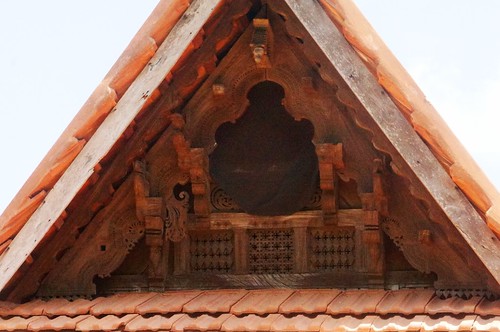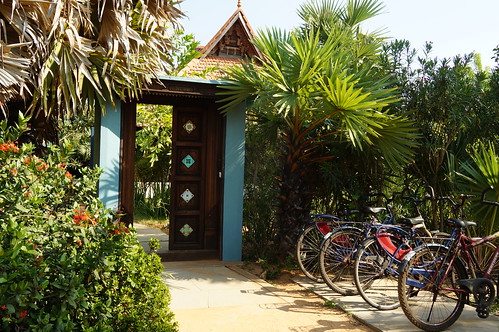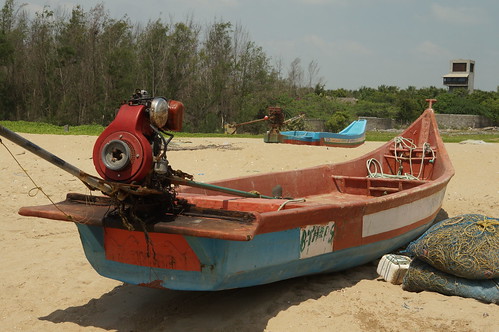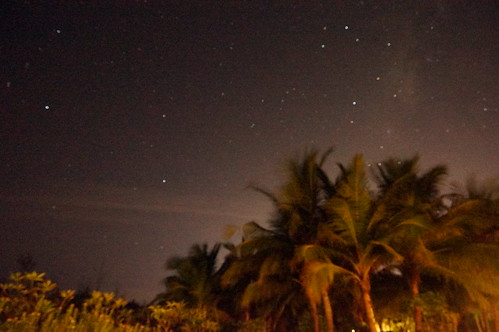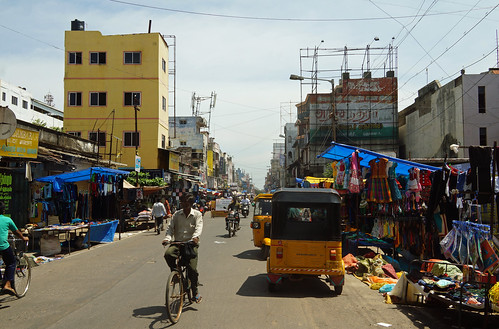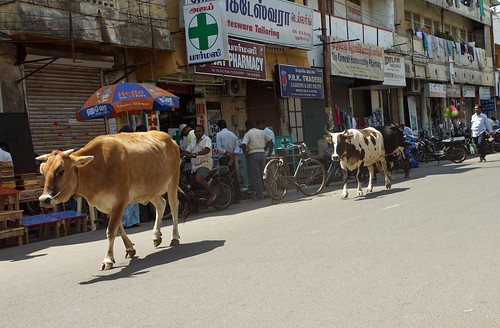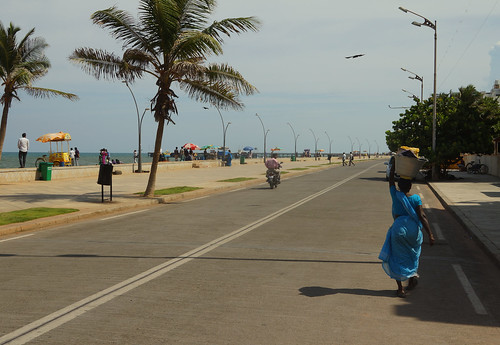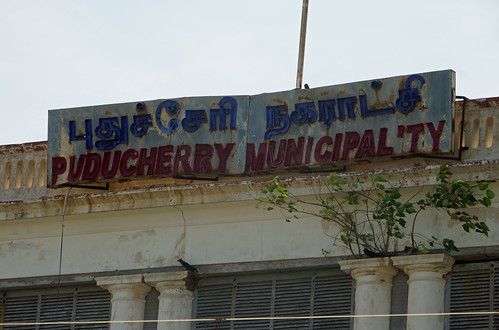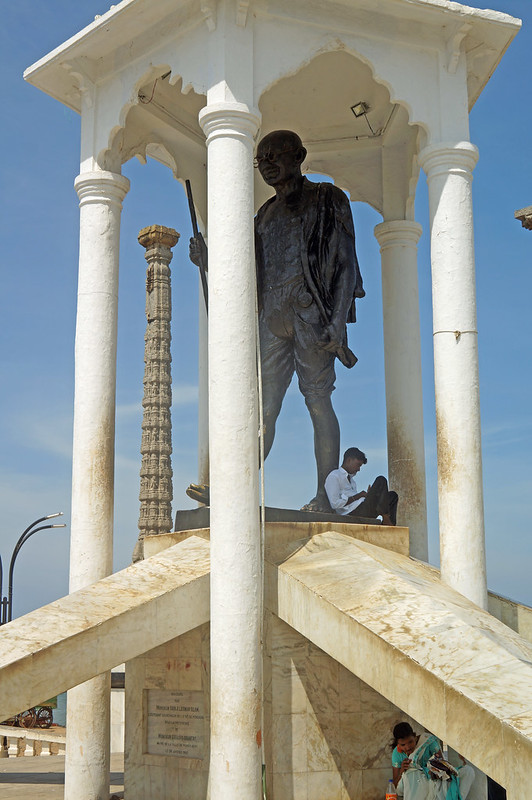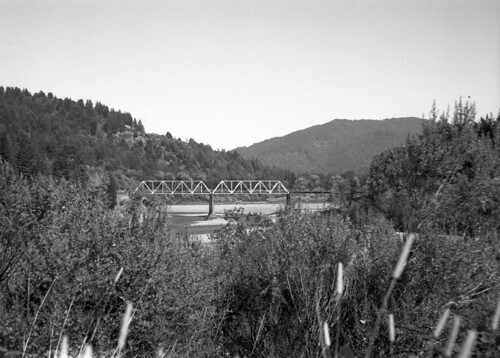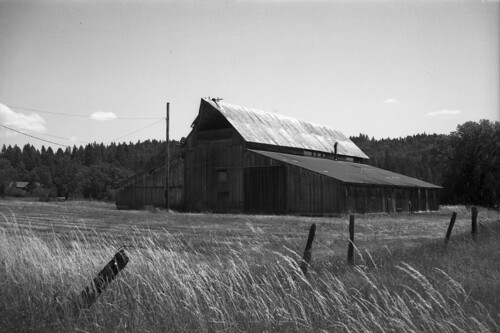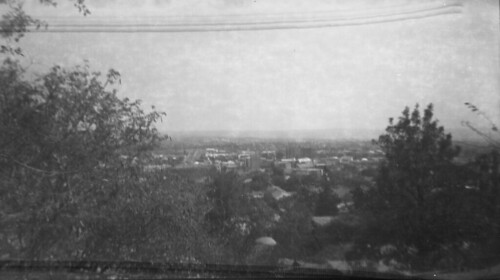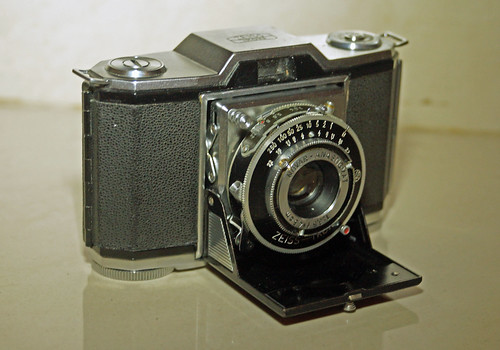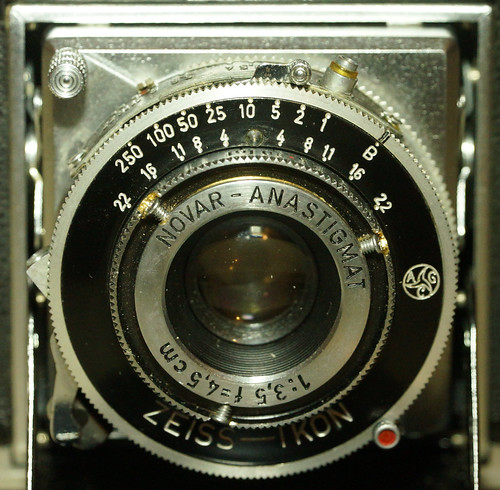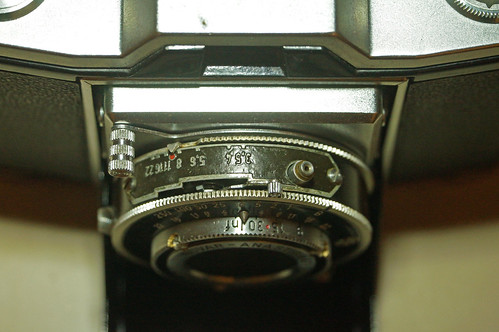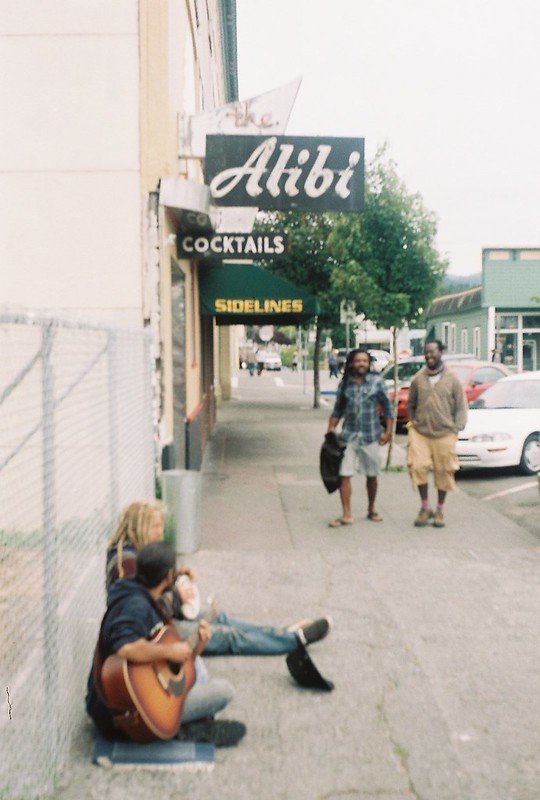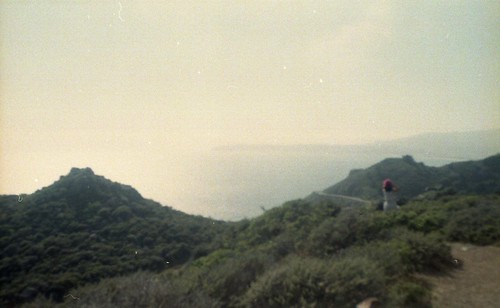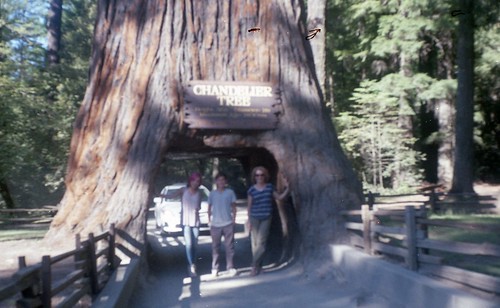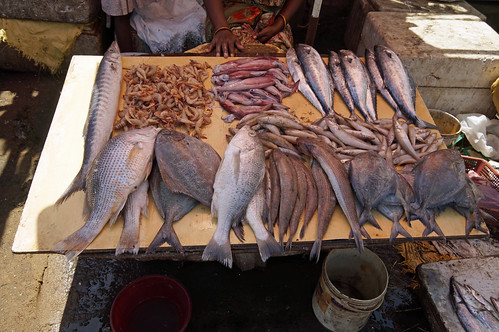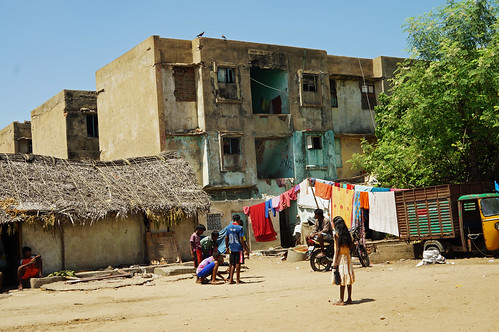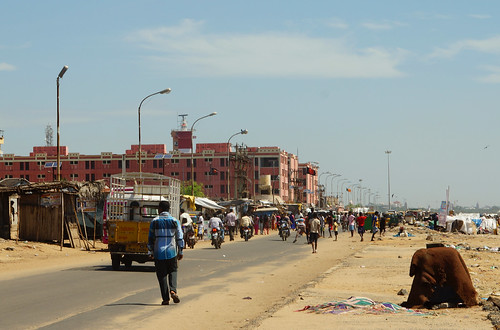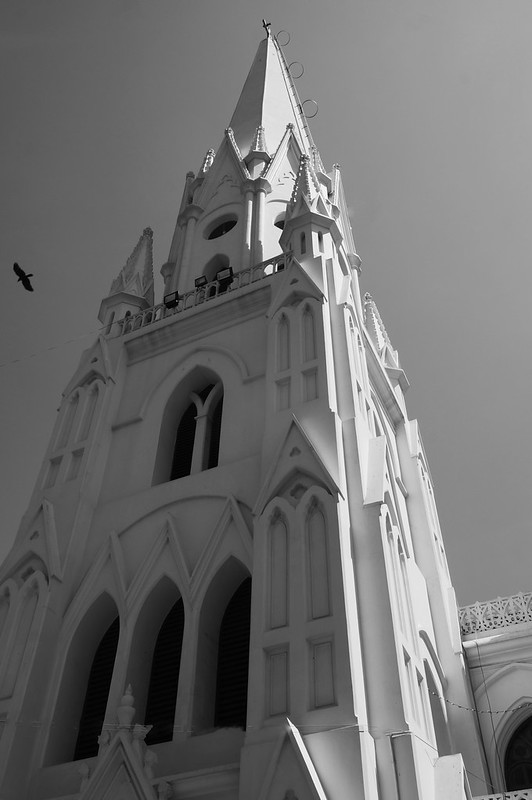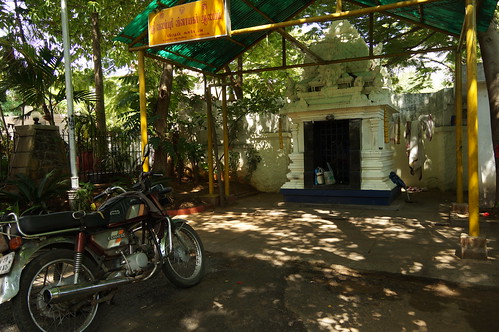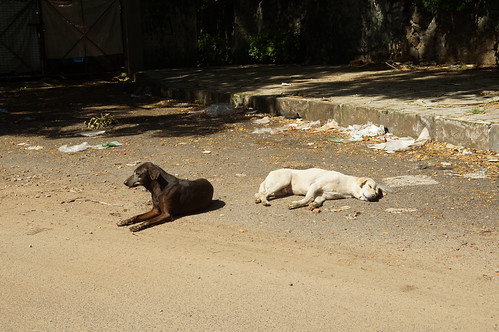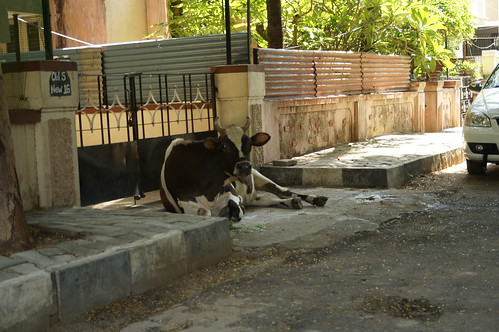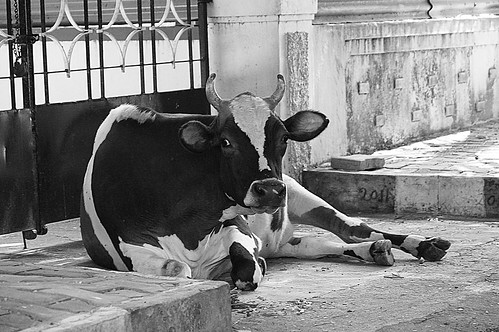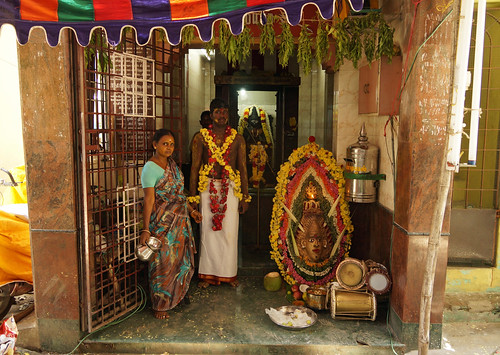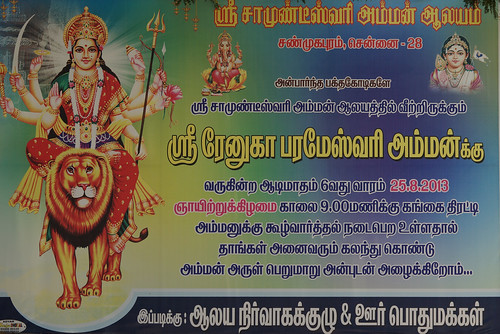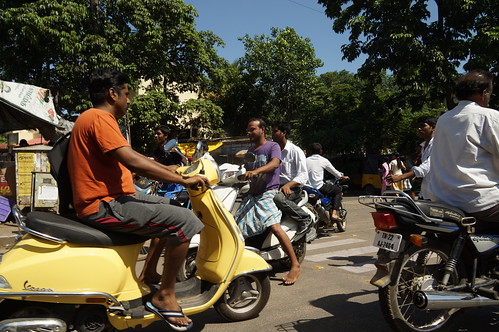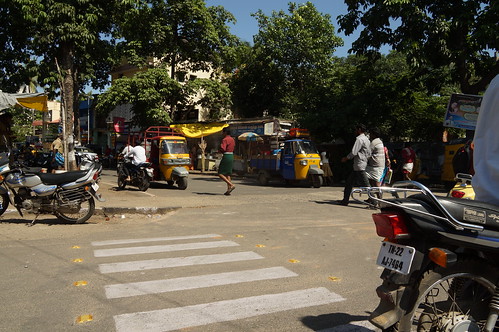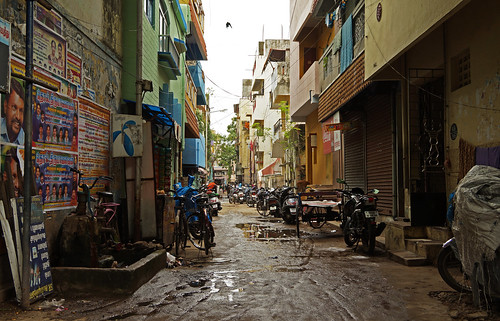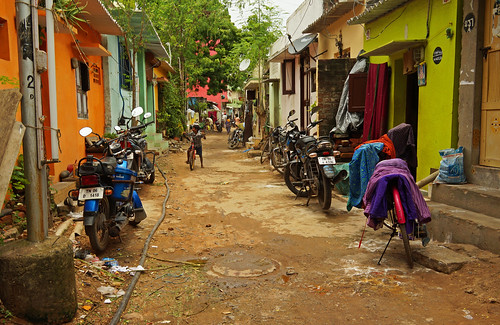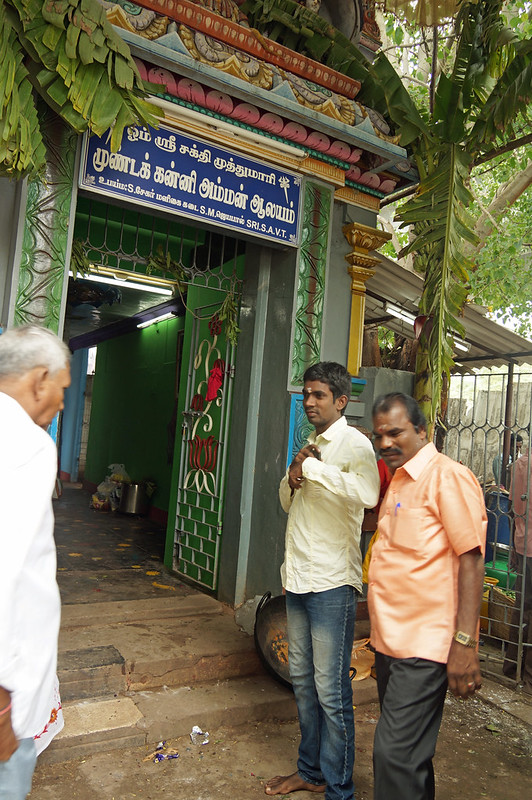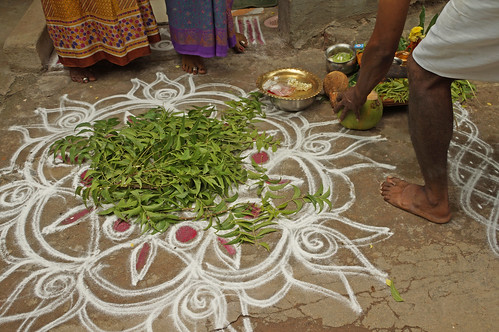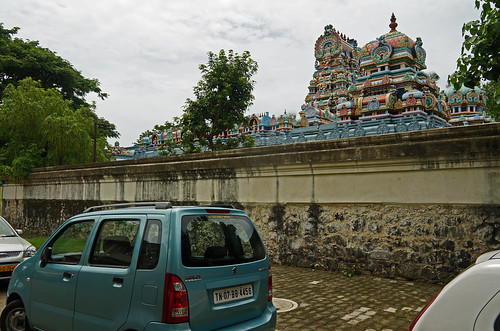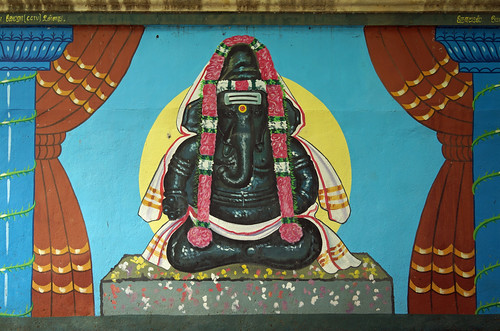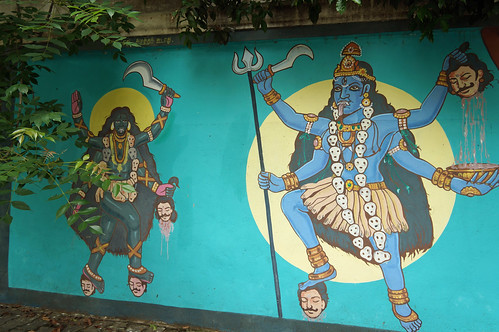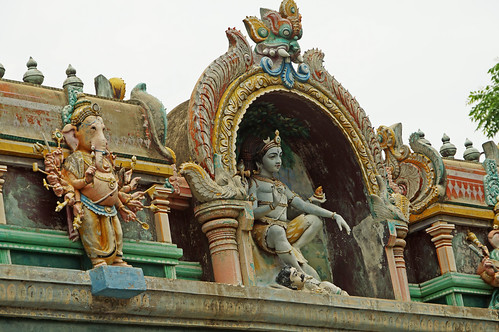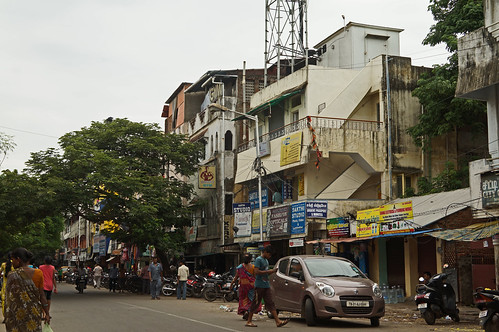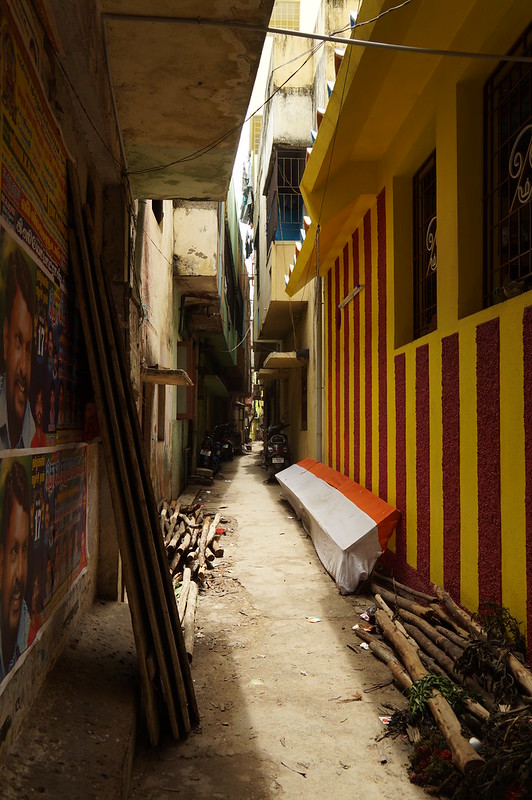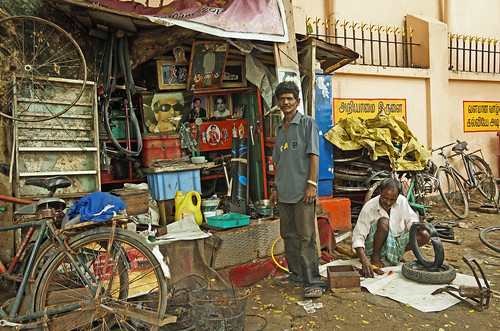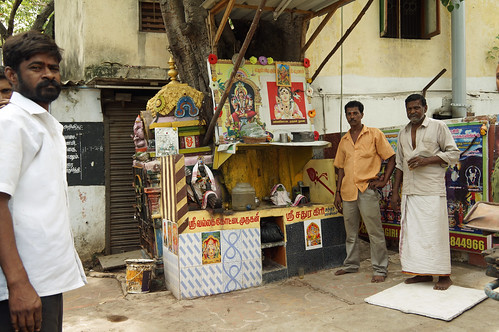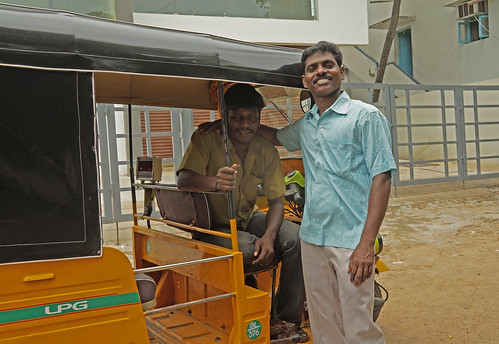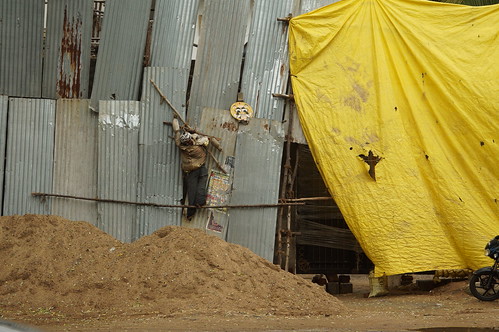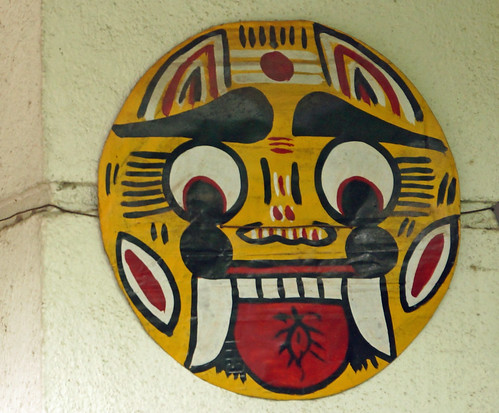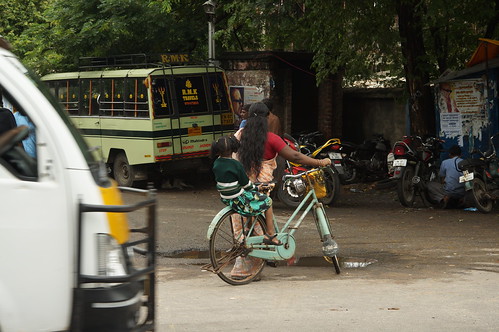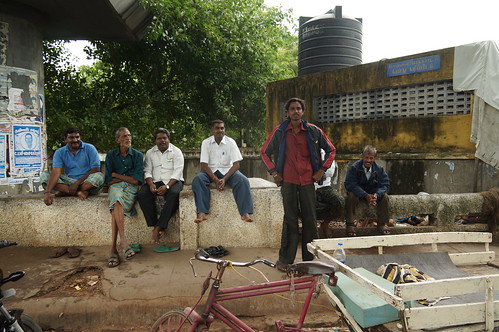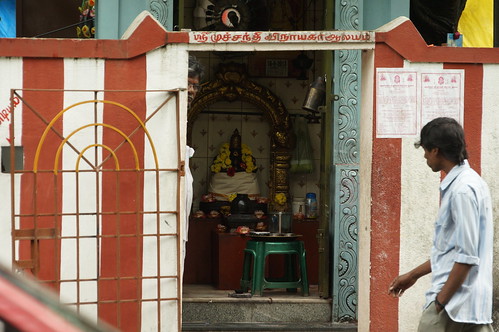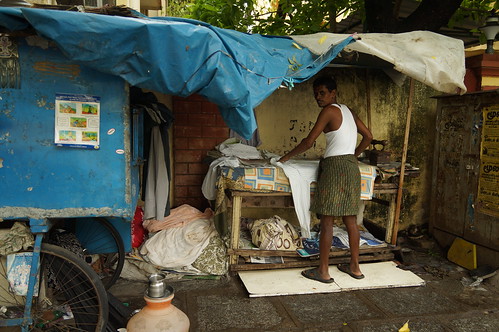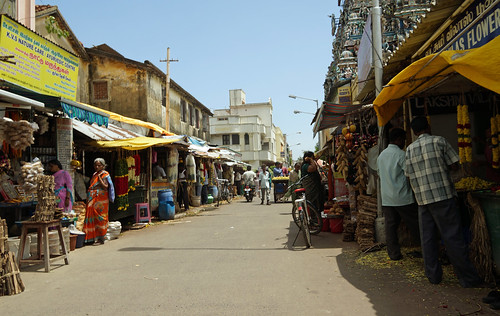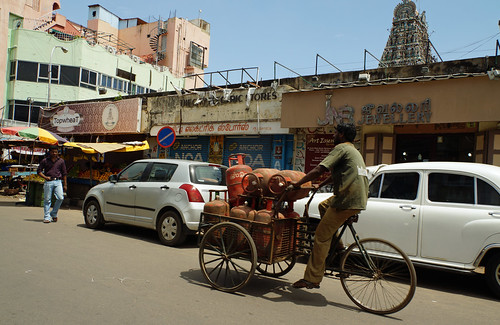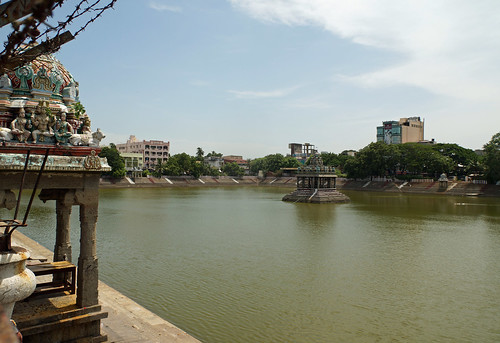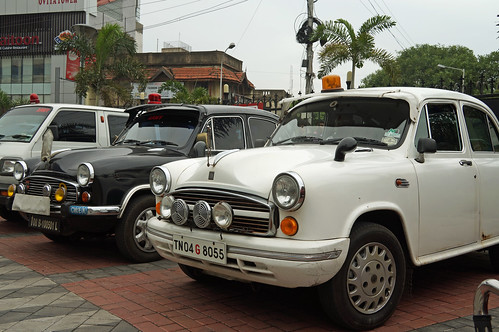Although we’ve just moved to India, waiting for our things to arrive means there’s time to finally catch up on those blog posts I didn’t have time to do while we were getting ready to leave Namibia.
This is the final trip we took within Namibia, a country that is far too large to be able to visit everything worth seeing in only two short years. We had scheduled this trip twice already, but cancelled each time due to illness. This time I was again sick with a fever – and throughout the 4-day trip this illness was passed around from family member to family member. So we each spent about 24 hours out of commission in the car or the hotel room – but we were determined not to cancel this last time, only a week before leaving Namibia for good.

Namibia’s entire coastline is protected; in the northern half, it’s the Skeleton Coast Park, an ominously barren stretch of hundreds and hundreds of miles of desert that meets the sea, and has earned its name by claiming the lives of countless sailors and their ships, both of whom have left skeletons littering the beaches up and down Namibia’s northern coast. Only the southern half is accessible by car; in the north, you need a special permit and can only come in by plane.
We started our trip by heading north along the coast from Swakopmund. The first section is somewhat monotonous; you are anywhere from about 300m to 1 km from the sea, and on both sides of you are nondescript gravel and desert. I once ran a marathon that started in Swakopmund, went north 21 km and then you ran around a cone and came back; it’s almost ramrod straight, with few rises and falls, nothing to look at besides the 70 or so other runners that quickly spread out, and the most boring marathon I’ve ever run. But as you go along, you will see strange lichens and hills in the distance, and the wildness of the coastline will gradually grow on you until you reach Henties Bay, a vacation home town where we spent our first night.


From Henties Bay we continued north until we reached the Cape Seal Colony at Cape Cross. If you ever decide to do this trip yourself, you should check to make sure the seal cull is not underway. This annual event causes a great deal of controversy surrounding Namibia; personally I’m not excited about the idea of clubbing seals, but the number of seals culled in Canada, for example, exceeds the size of the entire Namibian population. But due to the criticism and the sensitivity of Namibia’s tourist industry, access to the site will be blocked certain times of the year, with only the activists trying to sneak in to take video and photos.
The seal colony is a complete chaos of noise, smells, and activity. There are desert lions that roam the nearby desert who have not found this colony yet – one wonders what will happen if/when they eventually do.

From Cape Cross, it was north for hours and hours. The landscape constantly changed but it was very subtle – you’d look out the window and suddenly realize the desert was a different color, something like that. If nothing else, you get a pretty good understanding of why it is recommended to bring along plenty of extra water and food, emergency tool kits, sunscreen, duct tape, whatever you can think of. We were lucky to see a car per hour. If you bring along some sort of guide, you’ll know when to pull off the main road and see the few wrecks that dot the coast along this portion of the route, along with an abandoned mine and oil derrick – it’s good to get out and walk around, you get a sense of why they call this place “Skeleton Coast”
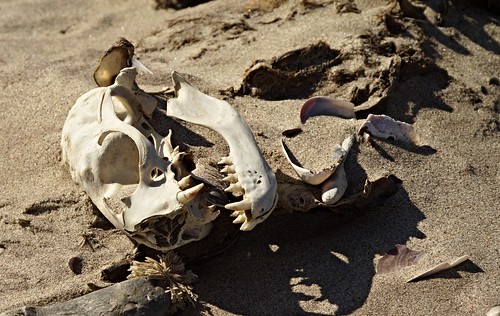
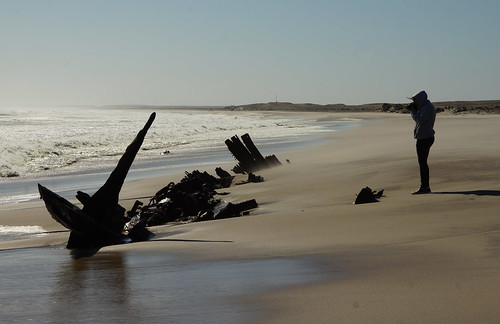

Heading north, you’re eventually forced to turn inland and head directly east, where the landscape changes almost immediately. Soon, you are heading into Damaraland – a sparsely populated land of red rock, towering mesas and endless valleys. Occasionally you will pass a small village of ramshackle improvised housing and rusting cars scattered around. Tables are set up by the side of the gravel road with interesting rocks and semiprecious stones, typically with an oil can to deposit your donation.
You will also start to notice odd plants scattered among the red rocks. This is welwitschia mirabilis, an odd, prehistoric-looking plant that grows two leaves throughout its long life, which can be 2,000 years or longer. These plants grow in the most austere conditions imaginable and come in both male and female form.



Eventually we turned north and headed up a steep mountain road late at night to be greeted by the friendly staff at Grootberg Lodge, the only lodge fully owned by a conservancy. When we awoke the next morning and looked out the giant picture window from the bedroom, we were greeted by the most spectacular view I’ve ever seen from a Namibian lodge – or any lodge, for that matter:

Getting up and down the final hill to Grootberg Lodge is an adventure, but can be done in a basic 4×4. If you can’t make it, they let you park at the bottom and bring you up.
For the final night of our trip, we headed back down the long road south, from the southern edge of Kunene region back into the heart of Damaraland.

There we would visit the attractions in and around Twyfelfontein. Twyfelfontein and surrounding areas are the site of thousands of rock engravings which are thousands of years old and collectively form Namibia’s first World Heritage Site (it now has a second, the “sand sea” further south). None of the attractions take very long to see, and it’s best to go early in the day before it gets very hot. But the entire region is spectacular in terms of natural beauty, and well worth a visit if only for that reason.


Eventually, however, it was time to head home and continue preparing for our move to India. On the way we would get one last opportunity to see the Brandberg, Namibia’s highest mountain (and clearly visible and distinctive on the satellite photo at the start of this post, as well as from space).
We’ll miss Namibia – but adventures await!

For additional photos, refer to our Damaraland/Skeleton Coast set on Flickr.

